Preparing Your Children for Emergencies – Tips for Parents
As parents, the thought of our children facing emergencies can be incredibly daunting. However, being proactive rather than reactive is key! By taking the time to prepare your kids for unexpected situations, you’re not just ensuring their safety but also instilling a sense of confidence that can carry them through life. Imagine your child calmly calling for help during a crisis or knowing exactly where to go if disaster strikes. Isn't that a comforting thought? In this article, we’ll explore essential strategies that can help equip your children with the knowledge and skills they need to navigate emergencies effectively.
To prepare your children adequately, it’s vital to familiarize them with the different types of emergencies they might encounter. Emergencies can range from natural disasters like hurricanes and earthquakes to medical emergencies and even man-made threats such as fires or intruders. Each scenario requires a unique response, and understanding these distinctions can significantly enhance their preparedness. For instance, knowing what to do during a tornado is different from responding to a medical emergency. By discussing these types of situations openly, you can help your kids feel more secure and less anxious about the unknown.
A well-structured family emergency plan is your roadmap to safety. This plan should outline escape routes, designated meeting places, and communication methods. When children know what to expect, it fosters a sense of security that can be incredibly reassuring. Imagine sitting down as a family to create this plan together—it's a bonding experience that can empower your kids. They will feel like active participants in their safety rather than passive observers. Make sure to practice the plan regularly, so it becomes second nature. This way, if an emergency arises, they can respond swiftly and confidently.
Engaging your children in the planning process is crucial. When they are involved, it makes them feel more responsible and aware of their roles during an emergency. Discussing the plan together can reduce anxiety and encourage them to ask questions. You might say, “What do you think we should do if there’s a fire?” This not only opens the floor for discussion but also gives them a sense of ownership over their safety. The more they understand the plan, the better prepared they will be to follow it.
One of the best ways to prepare your kids is through role-playing different emergency scenarios. This interactive approach allows them to practice their responses in a safe environment. For example, you could simulate a fire drill at home or pretend to call 911 for help. This hands-on experience helps children understand their actions better and allows them to react calmly and effectively when faced with real-life situations. Think of it as a dress rehearsal for the unexpected! The more they practice, the more comfortable they will feel when it really counts.
Teaching your children about important emergency contacts is another vital step. Make sure they know how to reach family members, friends, and local authorities. You could create a simple contact card that they can keep in their backpack or wallet. This card might include names, phone numbers, and even addresses. By having this information at their fingertips, they’ll feel more empowered to take action during a crisis. Plus, it’s a great way to reinforce the importance of communication in emergencies!
Education is key to confidence. Parents should take the time to teach their children basic safety procedures, such as how to call 911, use fire extinguishers, and respond to various emergency situations. This knowledge not only enhances their confidence but also equips them with the skills they need to handle emergencies effectively. For example, you could practice dialing 911 together, explaining what information they need to provide. This simple act can make all the difference in a critical moment. Remember, knowledge is power!
Assembling a family emergency kit is an essential part of your preparedness strategy. This kit should include essential supplies like food, water, and medical supplies. Think of it as your family’s safety toolbox! Involve your children in the process of creating this kit. Not only does it teach them about its importance, but it also allows them to understand what items are essential for their safety. You could even turn it into a fun activity, where they help choose items to include.
When children participate in preparing the emergency kit, it reinforces their understanding of its significance. You might ask them, “What do you think we should have in our emergency kit?” This encourages them to think critically about what they might need in different situations. You can also include comfort items, like a favorite toy or book, to help ease their anxiety during stressful times.
Finally, make it a habit to regularly review and update the emergency kit. Check expiration dates on food and medical supplies, and replace any items that are no longer functional. This practice not only ensures that you’re always prepared but also teaches children the importance of adaptability and preparedness in emergencies. It’s a great opportunity to discuss why certain items are necessary and how they can contribute to their safety.
Q: At what age should I start teaching my children about emergencies?
A: It's never too early to start! Even young children can understand basic safety concepts. Tailor your discussions to their age level.
Q: How often should we practice our emergency plan?
A: Ideally, you should practice your emergency plan at least twice a year. Regular practice helps reinforce the procedures in your children's minds.
Q: What should I include in our emergency kit?
A: Your emergency kit should include food, water, first-aid supplies, flashlights, batteries, and any necessary medications. Don't forget comfort items for your kids!
Q: How can I make learning about emergencies fun?
A: Use games, role-playing, and interactive activities to make the learning process enjoyable. Kids are more likely to remember what they learn when it’s fun!
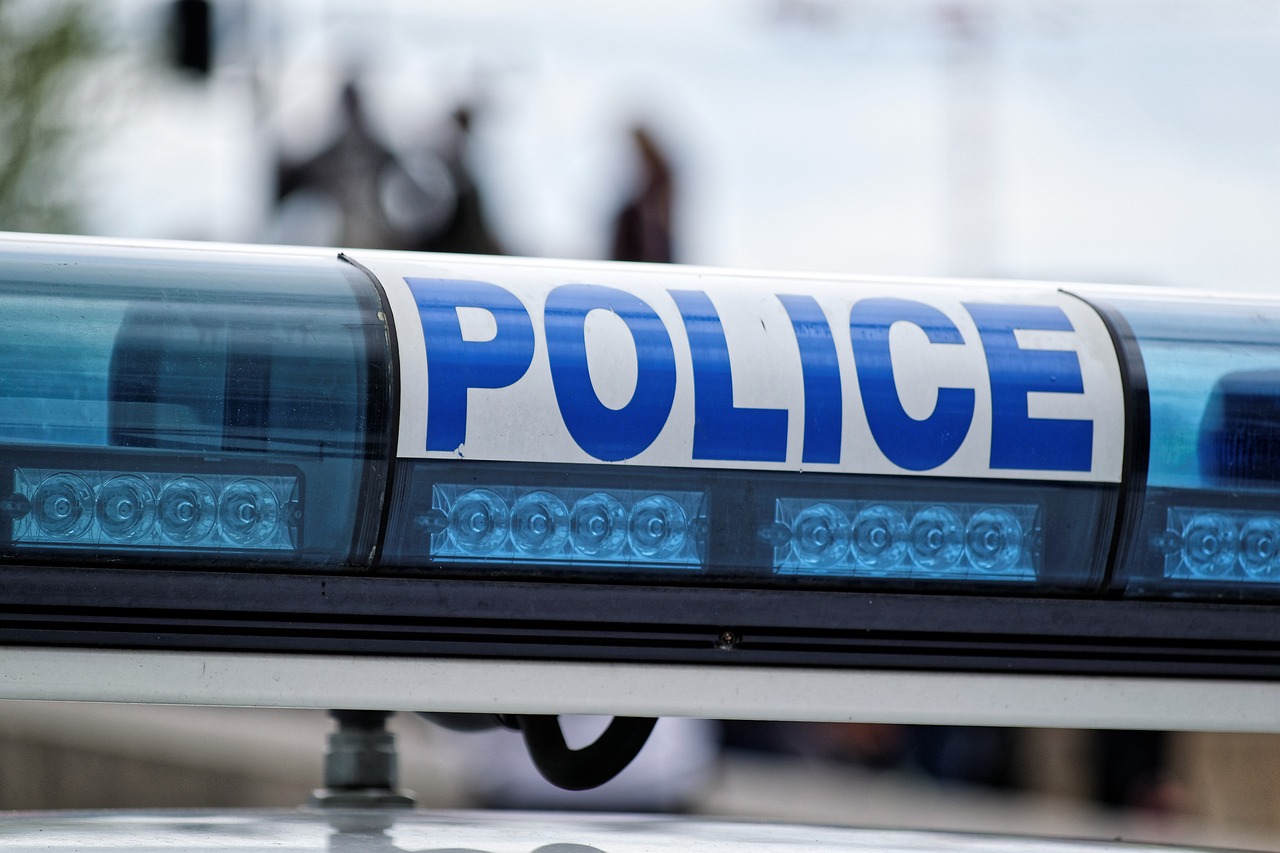
Understanding the Types of Emergencies
As parents, one of our most important responsibilities is to ensure our children are prepared for any situation that may arise. Emergencies can come in various forms, and understanding these types can help us equip our kids with the right knowledge and skills. Emergencies can be broadly categorized into three main types: natural disasters, medical emergencies, and man-made threats.
Natural disasters include events like hurricanes, earthquakes, floods, and wildfires. These can strike suddenly and with little warning, making it essential for families to have a plan in place. For instance, during a hurricane, knowing how to evacuate and where to go can be life-saving. It’s not just about having a plan; it’s about understanding the specific risks associated with your geographical area.
Medical emergencies refer to situations that require immediate medical attention, such as severe injuries, allergic reactions, or sudden illnesses. Teaching children how to recognize when someone is hurt and what steps they should take can be vital. For example, knowing how to call 911 and provide necessary information can make all the difference in a critical moment. It’s like giving them a superhero cape; they might feel small, but they can still make a huge impact!
Lastly, man-made threats encompass a range of issues from accidents to intentional harm, such as violence or terrorism. While these situations might seem less common, they are still real threats that children should be aware of. Discussing what to do in the event of a fire, a lockdown at school, or even a suspicious package can prepare them mentally and emotionally. You might think of it like preparing for a surprise exam; the more you know, the less anxious you’ll feel!
| Type of Emergency | Examples | Preparation Tips |
|---|---|---|
| Natural Disasters | Hurricanes, Earthquakes, Floods | Have an evacuation plan, practice drills |
| Medical Emergencies | Severe Injuries, Allergic Reactions | Teach first aid, know emergency numbers |
| Man-made Threats | Violence, Terrorism | Discuss safety protocols, role-play scenarios |
In conclusion, the first step to ensuring your child's safety is to help them understand the various types of emergencies they may face. By familiarizing them with these situations, you're not just teaching them about risks; you're also empowering them to take action when it matters most. Remember, knowledge is power, and in the world of emergencies, it can be a lifesaver.
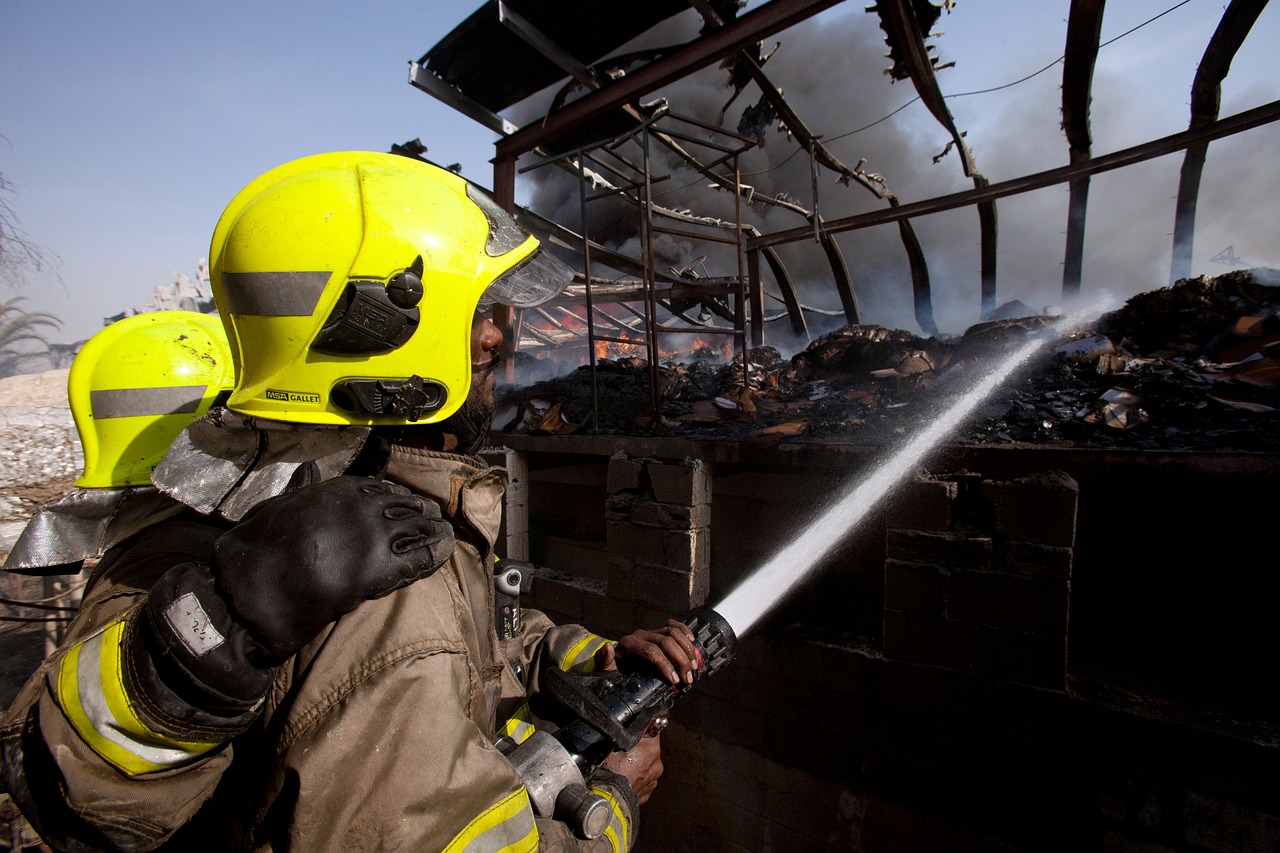
Creating a Family Emergency Plan
Creating a family emergency plan is one of the most vital steps you can take to ensure your children know how to react during an emergency. Think of it as building a safety net for your family. When an unexpected situation arises, having a plan can make all the difference. Start by discussing potential emergencies with your children—this could include natural disasters like earthquakes or hurricanes, medical emergencies, or even man-made threats. By understanding what could happen, they will feel more prepared and less anxious.
Next, outline the specific steps your family will take in each type of emergency. This might involve identifying escape routes in your home, establishing safe meeting places outside, and discussing how to communicate if family members are separated. For instance, you might choose a local park as your designated meeting spot. This simple act can provide a sense of security for your children, knowing there’s a plan in place if things go wrong.
It's also crucial to teach your children how to contact you in an emergency. This might involve memorizing your phone numbers or understanding how to use a mobile device. Consider creating a small card for them to carry that lists important contacts and emergency numbers, including local authorities and nearby relatives. This not only empowers them but also gives them the tools they need to take action if they ever find themselves in a tough situation.
Moreover, don’t forget to review your family emergency plan regularly. Just like you’d tune up a car or check the smoke alarms in your home, revisiting your emergency plan ensures that everyone is on the same page. Schedule regular family meetings to practice the plan and make any necessary updates. This ongoing conversation will keep the plan fresh in everyone’s mind and help to alleviate any fears your children might have about emergencies.
Finally, consider creating a visual representation of your family emergency plan. A simple chart or diagram can be incredibly effective. You can include escape routes, meeting points, and emergency contacts in a colorful and engaging way. Hang it in a common area of your home, like the kitchen or living room, where everyone can see it regularly. This visual cue can serve as a reminder and reinforce the importance of being prepared.
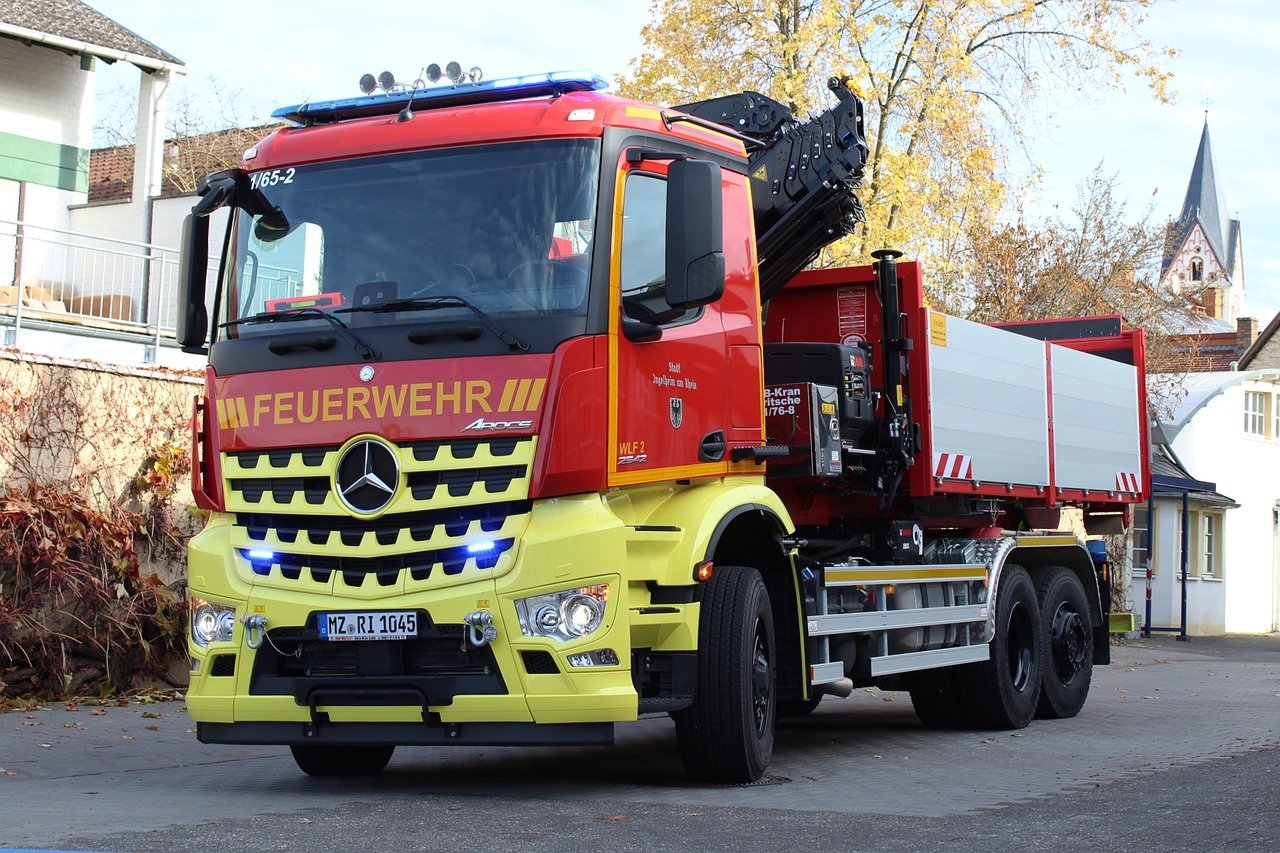
Involving Children in Planning
When it comes to preparing for emergencies, involving your children in the planning process is not just beneficial; it's essential. This engagement transforms a potentially scary topic into an empowering experience. Imagine your child feeling like a superhero, ready to tackle challenges head-on! By actively participating in the planning, children gain a sense of responsibility and ownership over their safety, which can significantly reduce anxiety during actual emergencies.
Start by sitting down with your kids and discussing what an emergency means. Use relatable scenarios that they can understand, such as a fire drill at school or a thunderstorm warning. Encourage them to express their feelings about these situations—this dialogue is crucial. You might be surprised to learn that children often have fears or misconceptions that can be addressed through open conversation.
Next, work together to create a family emergency plan. Make it a fun activity! You could draw a map of your home, marking escape routes and safe meeting points. Perhaps even use colorful markers or stickers to highlight important areas. This visual element can help children remember what to do when the time comes. It’s like making a treasure map, where the treasure is their safety!
Additionally, consider setting up a family meeting point outside your home. This could be a tree, a neighbor’s house, or even a designated spot in a nearby park. Make sure your children understand the importance of going to this spot during an emergency. To make it more engaging, you could even have a little practice run. This way, they not only learn the plan but also get to experience it in a low-pressure environment.
Moreover, don’t forget to discuss communication methods. In today’s digital age, children are often tech-savvy, so talk to them about how to use their devices to reach out for help. Teach them how to call 911 and explain what information they need to provide. You can even role-play this scenario, allowing them to practice in a safe space. The more familiar they become with these procedures, the more confident they will feel.
Involving children in planning isn't just about creating a plan; it’s about fostering a culture of safety and preparedness within your family. **Empower** them with knowledge, and watch as they step into their roles with confidence. After all, when children feel involved and informed, they’re much more likely to react calmly and effectively during a real emergency.
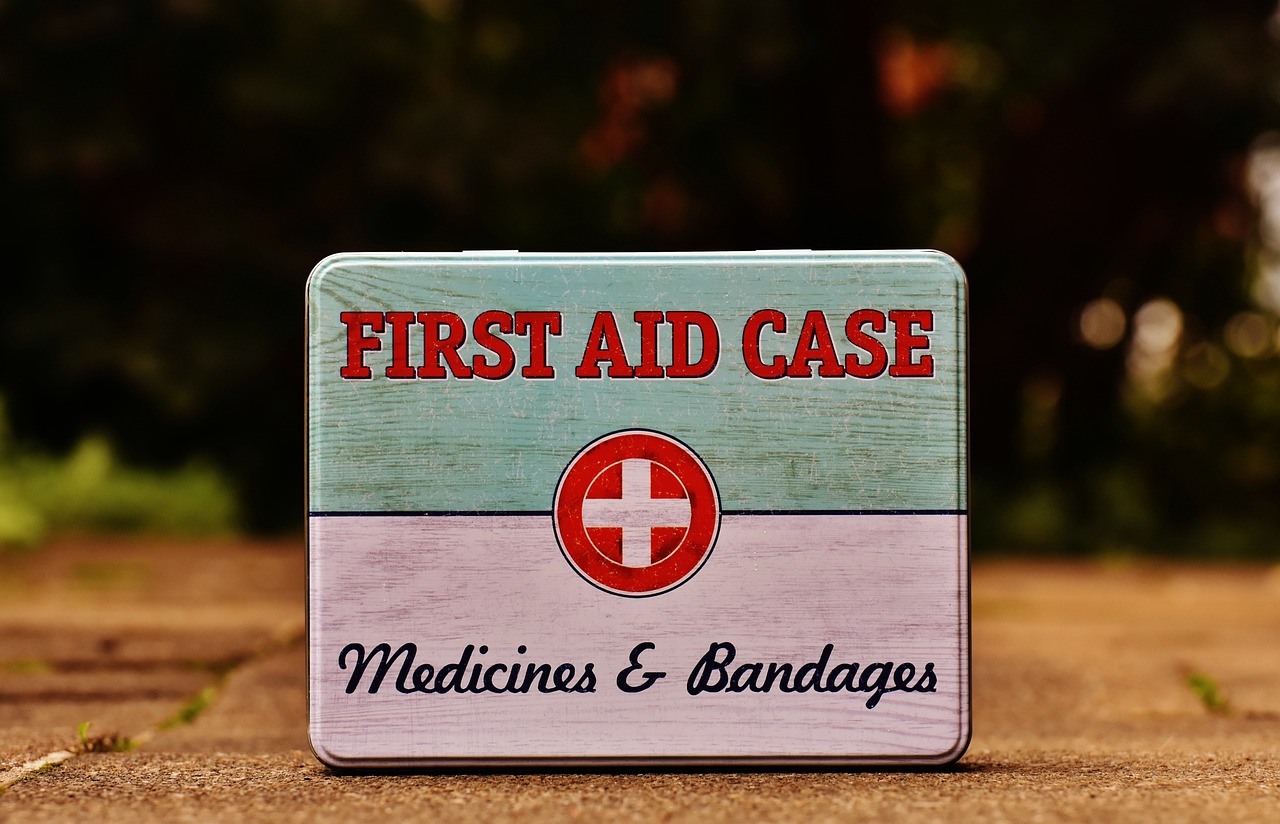
Role-Playing Scenarios
Role-playing scenarios can be a game-changer when it comes to preparing your children for emergencies. Imagine this: your child is playing the role of a firefighter, and you’re the one needing rescue. This fun twist not only lightens the mood but also creates a memorable learning experience. By stepping into different roles, children can practice responding to various situations, which helps them internalize what they need to do in real emergencies.
Think about it—when kids act out a scenario, they’re not just memorizing steps; they’re engaging their emotions and instincts. They learn to think on their feet, which is crucial when every second counts. For instance, if you simulate a fire drill, you can teach them how to stay low to the ground, cover their mouths, and find the nearest exit. This hands-on experience makes the information stick much better than just telling them what to do.
To make these role-playing sessions even more effective, consider incorporating a variety of scenarios. Here are a few ideas:
- Natural Disasters: Simulate an earthquake or a flood. Have them practice “drop, cover, and hold on” or find a safe spot.
- Medical Emergencies: Pretend someone has a severe allergic reaction. Teach them how to call for help and what information to provide.
- Fire Emergencies: Act out a fire in the house. Discuss escape routes and meeting points outside.
- Intruder Scenarios: Role-play what to do if someone suspicious is at the door.
After each role-play, take a moment to discuss what went well and what could be improved. This reflection helps solidify their learning. Ask questions like, “What did you feel when the alarm went off?” or “How did you decide which way to go?” This not only reinforces their understanding but also encourages them to express their feelings and thoughts about emergencies.
Incorporating role-playing into your emergency preparedness routine can significantly reduce anxiety and build confidence in your children. They’ll not only remember the procedures but will also feel empowered to act decisively when it matters most. So, gather the family, set the stage, and let the learning begin!
Q1: How often should we practice role-playing scenarios?
A1: It's a good idea to practice role-playing scenarios at least once every few months. This keeps the information fresh and helps reinforce what your children have learned.
Q2: What should we do if my child feels scared during a role-play?
A2: If your child feels scared, it's essential to reassure them that it's just practice and not real. Take a break, talk about their feelings, and remind them that they are safe.
Q3: Can role-playing be beneficial for younger children?
A3: Absolutely! Younger children often learn best through play. Tailor the scenarios to their age and understanding, and keep it fun and engaging.
Q4: Should we involve other family members in the role-playing?
A4: Yes! Involving other family members can create a more realistic environment and help everyone understand their roles during an emergency.
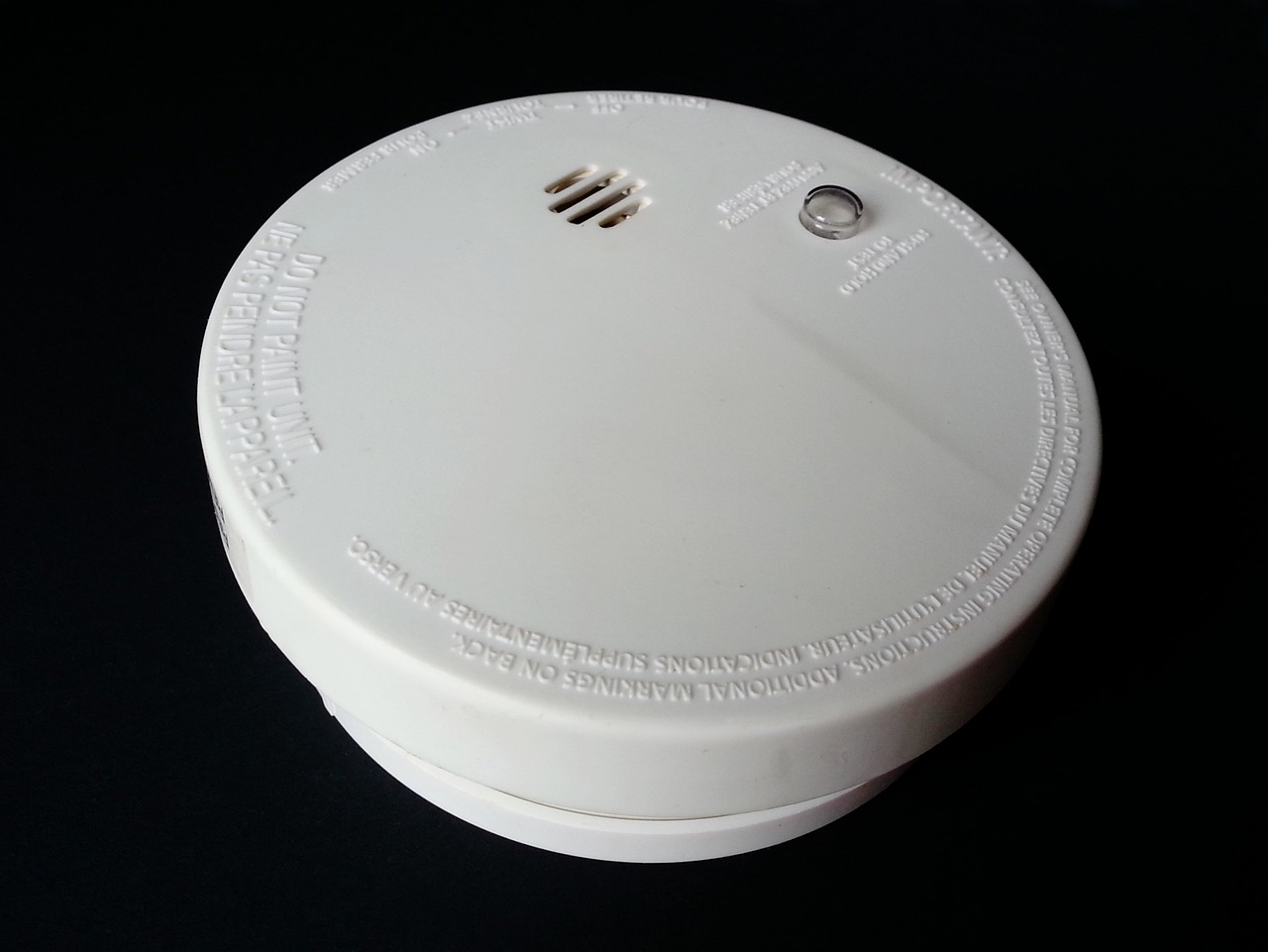
Discussing Emergency Contacts
When it comes to emergencies, knowing whom to contact can be just as crucial as knowing what to do. Teaching your children about important emergency contacts is an essential part of their preparedness training. Imagine your child in a situation where they need help; the last thing you want is for them to feel lost or confused about whom to call. Start by creating a simple list of essential contacts, which can include:
- Immediate family members (parents, siblings)
- Close relatives (grandparents, aunts, uncles)
- Trusted neighbors
- Emergency services (police, fire department, medical assistance)
Make sure your children understand the importance of each contact. For instance, explain that in a medical emergency, calling 911 is crucial, but they should also know to reach out to a nearby trusted adult if they feel scared or unsure. It's not just about memorizing numbers; it's about understanding the context in which they might need to use them.
To make this process more engaging, consider creating a contact card that your child can keep in their backpack. This card can include not only names and phone numbers but also a brief note on when to contact each person. For example:
| Contact Name | Phone Number | When to Call |
|---|---|---|
| Mom | (555) 123-4567 | For any urgent help |
| Dad | (555) 765-4321 | For advice or support |
| Grandma | (555) 111-2222 | For comfort or if I'm scared |
| 911 | 911 | For emergencies only |
Encourage your child to practice dialing these numbers. Role-playing scenarios where they might need to reach out for help can reinforce their understanding and comfort level. Ask them questions like, “What would you say if you had to call 911?” or “Who would you call if you were at school and needed help?” This not only helps them remember but also builds their confidence in handling emergencies.
Finally, make it a point to revisit these contacts regularly. As your child grows and their social circles change, it’s important to update the contact list to ensure it remains relevant. This practice not only keeps your child prepared but also instills a sense of responsibility and awareness about their safety. By engaging them in discussions about emergency contacts, you are not just preparing them for potential crises; you are empowering them with knowledge that can make a significant difference in their lives.
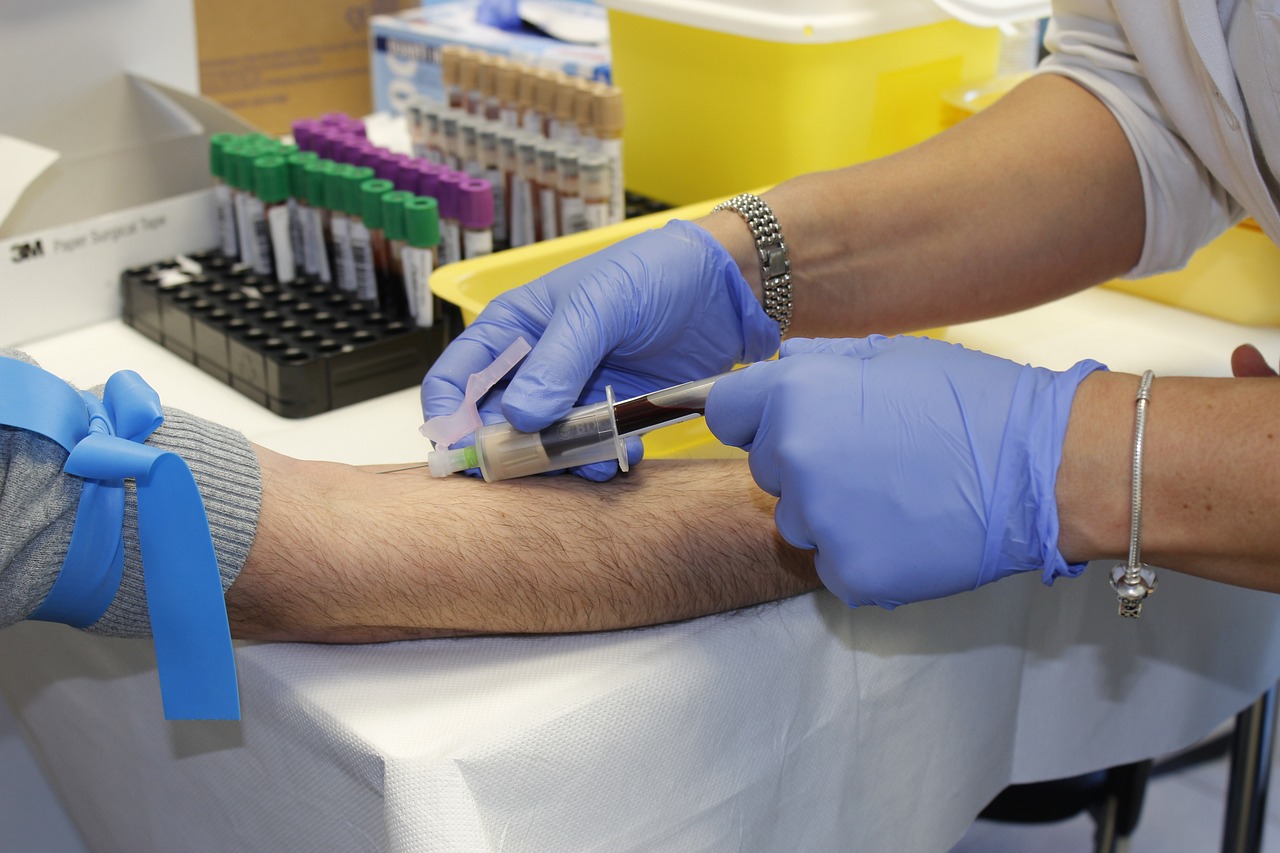
Educating About Safety Procedures
When it comes to emergencies, knowledge is your child's best friend. Imagine a scenario where a fire breaks out in your home. Would your child know how to react? This is where educating them about basic safety procedures becomes crucial. It’s not just about telling them what to do; it’s about making them feel empowered and confident in their ability to handle unexpected situations. Start by teaching them how to call 911. This seemingly simple action can be a lifesaver. Make sure they know the address, their full name, and what the emergency is. Role-playing this situation can help them practice and feel more comfortable when it truly matters.
Next, consider teaching them about using fire extinguishers. Fire safety is an essential skill, and knowing how to operate a fire extinguisher can make a significant difference in a critical moment. Explain the acronym P.A.S.S. which stands for Pull, Aim, Squeeze, and Sweep. This method simplifies the process and makes it easier for children to remember. You might even conduct a family drill where they can practice this in a controlled environment, reinforcing their learning through hands-on experience.
Another important aspect is discussing how to respond to various emergency situations. This can include everything from dealing with a severe storm to understanding what to do if someone gets injured. Use relatable scenarios to illustrate your points. For instance, you could say, "If there’s a tornado warning, we need to go to the basement and stay away from windows." By contextualizing these situations, you help them visualize and understand the importance of their actions.
To further enhance their understanding, consider creating a Safety Procedures Handbook together. This can be a fun project where your child contributes ideas and learns to document essential information. Include key contacts, safety tips, and steps to take in different emergencies. Not only does this serve as a handy reference, but it also reinforces their learning and gives them a sense of ownership over their safety.
Lastly, remember to revisit these safety procedures regularly. Just like any other skill, practice makes perfect. Schedule family meetings to review what to do in emergencies, and encourage your child to ask questions. This ongoing dialogue will keep them engaged and ensure that they feel prepared when the unexpected happens. After all, in the world of emergencies, being prepared is not just a precaution; it's a necessity!
- What age should I start teaching my child about emergency procedures? It's never too early! Start as soon as they can understand basic instructions, usually around age 4 or 5.
- How often should we practice emergency drills? Aim for at least twice a year, but more frequent practice can help reinforce their knowledge.
- Should I include my child in creating the emergency kit? Yes! Involving them helps them understand its importance and what items are essential.
- What should I do if my child is scared during emergency drills? Acknowledge their feelings and reassure them that practicing is a way to keep everyone safe.
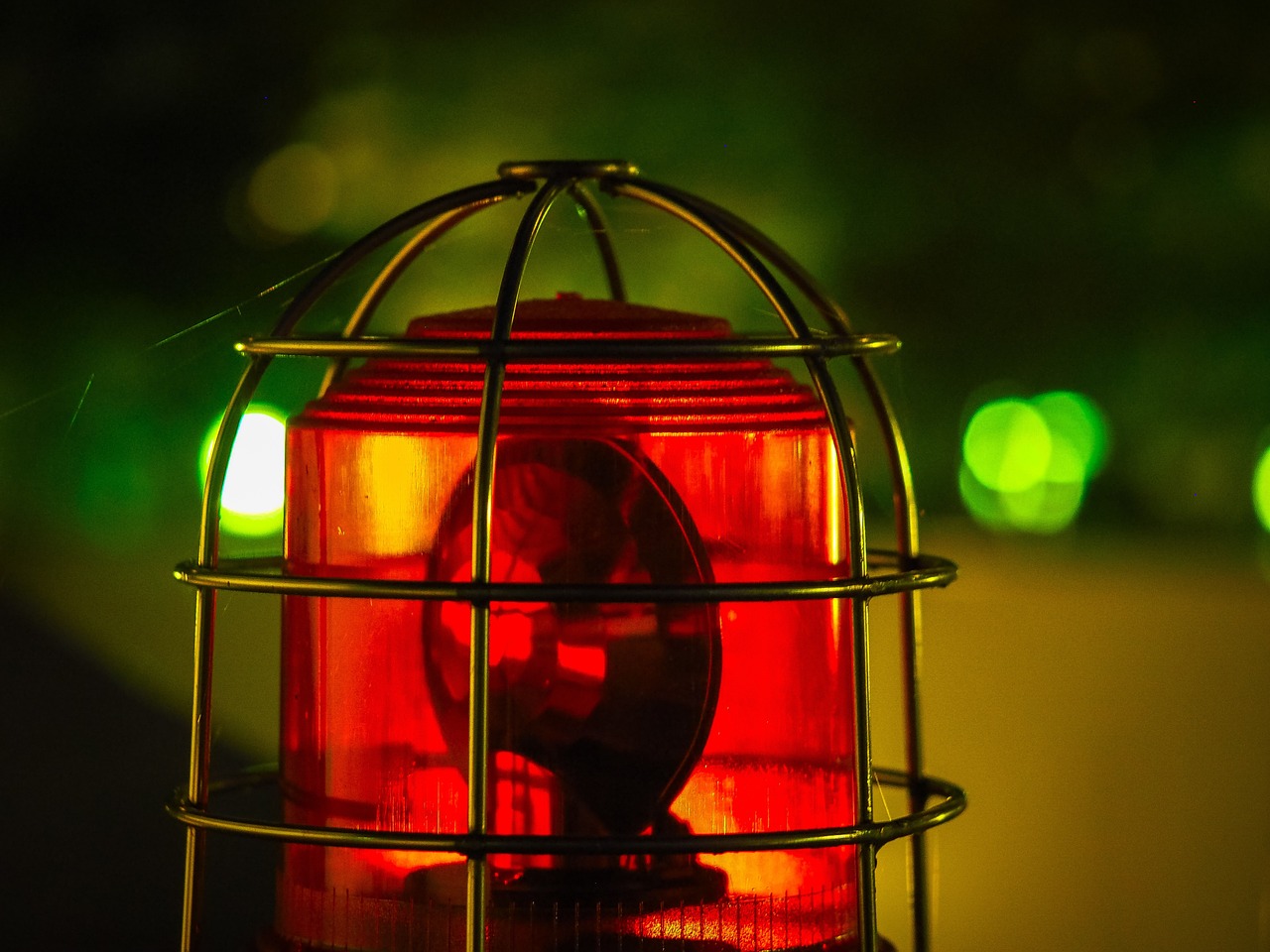
Building an Emergency Kit
When it comes to preparing for emergencies, one of the most vital steps you can take is to build an emergency kit. This kit is essentially your family's safety net, packed with essential supplies that can help you weather various crises, whether they be natural disasters, power outages, or other unforeseen events. Imagine being stuck without food or water during a storm; that’s where your emergency kit comes into play. It’s not just about having supplies, but ensuring that your children feel secure knowing that you are prepared.
So, what exactly should you include in your emergency kit? It’s important to think about items that would sustain your family for at least 72 hours. This duration is often recommended by safety organizations because it can take time for help to arrive. Here’s a quick rundown of some essential items you might want to consider:
- Water: At least one gallon per person per day for three days.
- Food: Non-perishable items such as canned goods, energy bars, and dried fruits.
- First Aid Kit: A comprehensive kit that includes band-aids, antiseptic wipes, and any necessary medications.
- Flashlight: With extra batteries, because you never know when the power might go out.
- Multi-tool: Handy for a variety of situations.
While these items are essential, you should also think about personalizing your kit to suit your family's unique needs. For example, if you have young children, consider adding items like diapers, baby formula, or even comfort items like a favorite toy or blanket. If someone in your family has specific medical needs, make sure to include necessary medications or equipment.
But don’t just stop at assembling the kit; it’s crucial to involve your children in the process. Not only does this teach them the importance of being prepared, but it also empowers them. When children actively participate in selecting items for the kit, they begin to understand what each item is for and how it can help in an emergency. This can significantly reduce anxiety, as they feel more in control of the situation.
Moreover, it’s a good idea to regularly review and update your emergency kit. Just like the seasons change, so do our needs. Check for expired food and medications at least twice a year. You can turn this into a fun family activity, perhaps during a seasonal change. This not only keeps your kit current but also reinforces the importance of being prepared in your children's minds.
In summary, building an emergency kit is not just about stuffing a bag with supplies; it’s about creating a sense of security and readiness within your family. By taking the time to prepare, you’re not only safeguarding your loved ones but also teaching them valuable lessons about resilience and responsibility.
| Question | Answer |
|---|---|
| How often should I update my emergency kit? | You should review and update your emergency kit at least twice a year, or whenever there are changes in your family's needs. |
| What should I do if my child is afraid of emergencies? | Talk to them about their fears, involve them in planning and preparation, and practice scenarios to help them feel more secure. |
| Can I store my emergency kit in the garage? | It's best to store your emergency kit in a cool, dry place, easily accessible to all family members, rather than in a garage where temperatures can fluctuate. |

Involving Children in Kit Preparation
When it comes to preparing for emergencies, involving your children in the process of assembling an emergency kit is not just a good idea—it’s essential! By allowing them to participate, you’re not only teaching them valuable skills but also fostering a sense of ownership and responsibility. Imagine your child eagerly picking out items for the kit, feeling empowered by the knowledge that they are contributing to the family’s safety. This proactive approach transforms what could be a daunting task into a fun and educational experience.
Start by discussing with your children what an emergency kit is and why it’s important. You might say something like, “Think of it as our superhero toolbox! It has everything we need to stay safe when things get tough.” This analogy can spark their interest and make the concept more relatable. Next, brainstorm together about what items should be included in the kit. Essential supplies might include:
- Water: At least one gallon per person per day for three days.
- Non-perishable food: Enough to last for at least three days.
- First aid supplies: Band-aids, antiseptics, and any necessary medications.
- Flashlight: With extra batteries to ensure visibility in the dark.
- Whistle: To signal for help if needed.
As you gather these items, explain their purpose. For instance, when picking out a flashlight, you can say, “This will help us see in the dark if the power goes out.” This not only educates them about the items but also reinforces their importance in a real emergency.
Encourage your kids to personalize the kit by including their favorite comfort items, like a small toy or a book. This can be particularly comforting during stressful situations and helps them feel more secure. It’s a great opportunity to discuss how each item plays a role in keeping the family safe, which enhances their understanding and retention of the information.
Finally, make it a habit to regularly review and update the emergency kit together. This can be a fun family activity! Set a reminder every six months to check the supplies, ensuring everything is current and functional. Ask your children questions like, “Do we still have enough snacks?” or “Is the flashlight working?” This not only reinforces the importance of preparedness but also keeps the lines of communication open regarding safety in your household.
Involving children in kit preparation is a fantastic way to turn a potentially scary topic into an engaging learning experience. It empowers them to take an active role in their safety and helps build a resilient mindset that will serve them well in any situation.
Q: How can I make emergency preparedness fun for my kids?
A: Use games, role-playing, and creative storytelling to engage them. You can also create a scavenger hunt for items to include in the emergency kit!
Q: At what age should I start involving my children in emergency preparedness?
A: It's never too early! Even young children can understand basic concepts. Tailor the information to their age level and gradually increase their involvement as they grow.
Q: How often should we practice our emergency plan?
A: Aim to practice at least twice a year. This keeps the information fresh in their minds and helps them feel more prepared.

Regularly Updating the Kit
When it comes to emergency preparedness, regularly updating your family emergency kit is not just a good idea; it's a necessity. Imagine this: you’ve spent time and effort putting together a kit filled with all the essentials, but if you don’t keep it updated, it might be as useful as a chocolate teapot when an emergency strikes! Children grow, seasons change, and so do the needs of your family. Therefore, setting a routine for reviewing and refreshing your emergency kit can make a world of difference.
Start by establishing a specific time—perhaps at the beginning of each season or during a family event like a birthday or holiday. This way, it becomes a family tradition, and kids will look forward to it instead of seeing it as a chore. During these updates, you can check the expiration dates on food items and medications, ensuring everything is fresh and functional. For instance, if your kit contains a first aid kit, make sure all bandages and ointments are not only present but also within their usable dates.
Furthermore, consider involving your children in this process. It’s a fantastic opportunity to teach them about responsibility and the importance of being prepared. Ask them to help you inventory the kit and make a list of items that need replacing. You can even turn it into a fun scavenger hunt around the house to find items that can be included in your kit. This makes the experience engaging and educational, reinforcing the idea that preparedness is a family affair.
Here’s a simple checklist to guide you through the updating process:
- Check expiration dates on food and medications.
- Replace any used or damaged items.
- Adjust the contents based on seasonal needs (e.g., adding sunscreen in summer, warm blankets in winter).
- Ensure that your emergency contact list is current.
Finally, don’t forget to discuss any changes with your children. Talk about why certain items are important and how they can help in an emergency. This conversation not only reinforces the knowledge but also builds their confidence. They will feel empowered knowing they have a role to play in keeping the family safe.
Q: How often should I update my emergency kit?
A: It's recommended to review your emergency kit at least twice a year, or whenever there are significant changes in your family’s needs or circumstances.
Q: What should I include in my emergency kit?
A: Essential items typically include water, non-perishable food, first aid supplies, flashlights, batteries, a whistle, and personal documents. Tailor your kit to meet your family’s specific needs.
Q: Can my children help in preparing the emergency kit?
A: Absolutely! Involving children in the preparation and updating process not only teaches them about safety but also helps them feel more responsible and engaged.
Frequently Asked Questions
- What types of emergencies should my children be prepared for?
It's important to prepare your children for a variety of emergencies. These can include natural disasters like earthquakes and floods, medical emergencies such as injuries or illnesses, and man-made threats like fires or intruders. By familiarizing them with these situations, you can enhance their understanding and readiness.
- How can I create an effective family emergency plan?
Creating a family emergency plan involves discussing escape routes, designated meeting places, and communication methods. Make sure your children understand their roles during an emergency. This not only provides clarity but also fosters a sense of security and teamwork.
- Why is it important to involve children in the planning process?
Involving children in the planning process empowers them and helps reduce anxiety. When they feel responsible and aware of their roles, they're more likely to react calmly and effectively during an emergency. This engagement creates a sense of ownership and preparedness.
- How can role-playing help my children in emergency situations?
Role-playing emergency scenarios can significantly enhance your children's understanding and response. By practicing different situations, they learn how to react calmly and effectively, which can make a world of difference when faced with real-life emergencies.
- What should I teach my children about emergency contacts?
It's essential to educate your children about important emergency contacts, including family members, neighbors, and local authorities. Make sure they know how to reach out to these contacts during a crisis, as this knowledge can be crucial in ensuring their safety.
- What items should be included in a family emergency kit?
Your family emergency kit should contain essential supplies such as water, non-perishable food, first-aid items, flashlights, batteries, and any necessary medications. Having these items ready ensures that your children are well-prepared for various situations.
- How can I involve my children in preparing the emergency kit?
Involving children in the preparation of the emergency kit is a great way to teach them about its importance. Allow them to help choose items and pack the kit. This hands-on experience not only educates them but also makes them feel more invested in their safety.
- How often should I update the emergency kit?
Regularly reviewing and updating your emergency kit is crucial. Check the contents every six months to ensure that food and medications are not expired and that all items are functional. This practice teaches children the importance of preparedness and adaptability in emergencies.



















